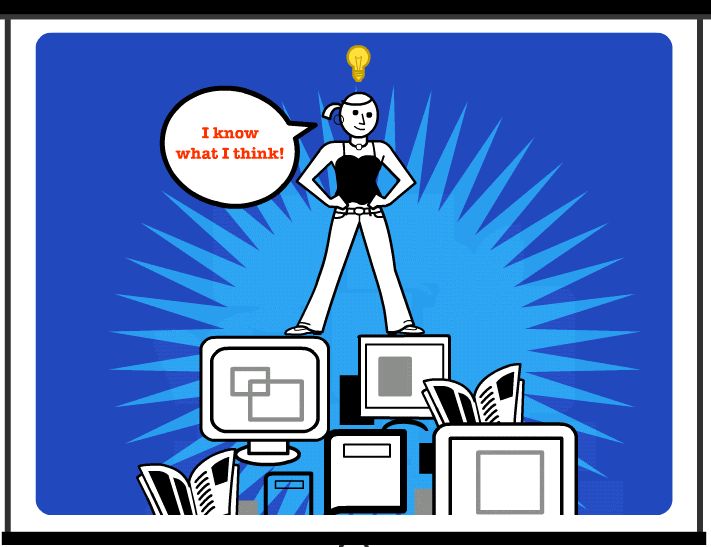A Review of i-cite and i-claim
James P. Purdy
Multimedia Affordances [1 2 3 4]
Downs, however, does not establish such nonprint or nonacademic sources as inherently suspect. As with Clauss, Downs is inclusive in his discussion of texts that merit attention. Rather than forbidding students from using certain digital resources-for example, taking the Middlebury College History Department approach in banning students from using Wikipedia (Jaschik, 2007)-i-cite acknowledges that students are using these sources and should learn to do so appropriately. i-cite does not explicitly privilege one type of source over another but offers them all as potentially useful sources, though incomplete in isolation. Because different sources do different work, Downs encourages researchers to consult a variety of sources. In the CD's animated introduction, Downs emphasizes that "no one source can answer a question for you; only you can do that" (see figure 1). Downs indicates that not all sources are necessarily something to cite in a final paper but that they can usefully serve to foster understanding of a subject.
Figure 1: Animated Intro Section: Sources Cannot Speak for You

Click on the image above to play the video.*
*Videos are saved as .wmv files. When clicked, they will open in your computer's Windows Media Player.

